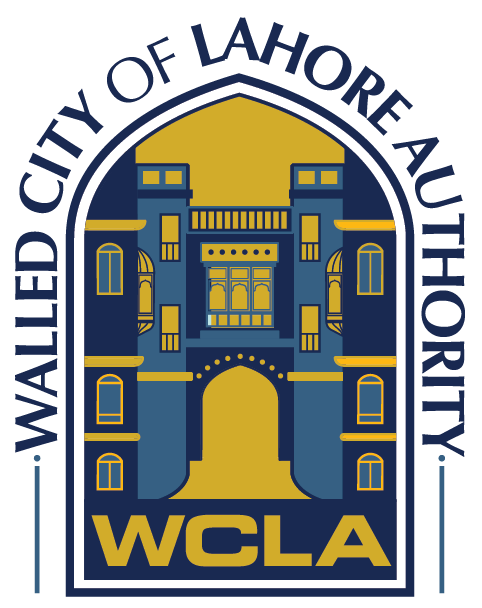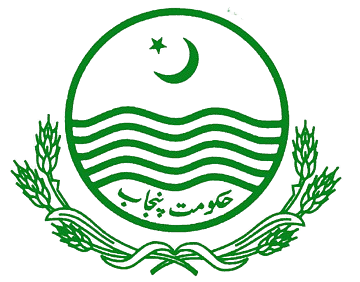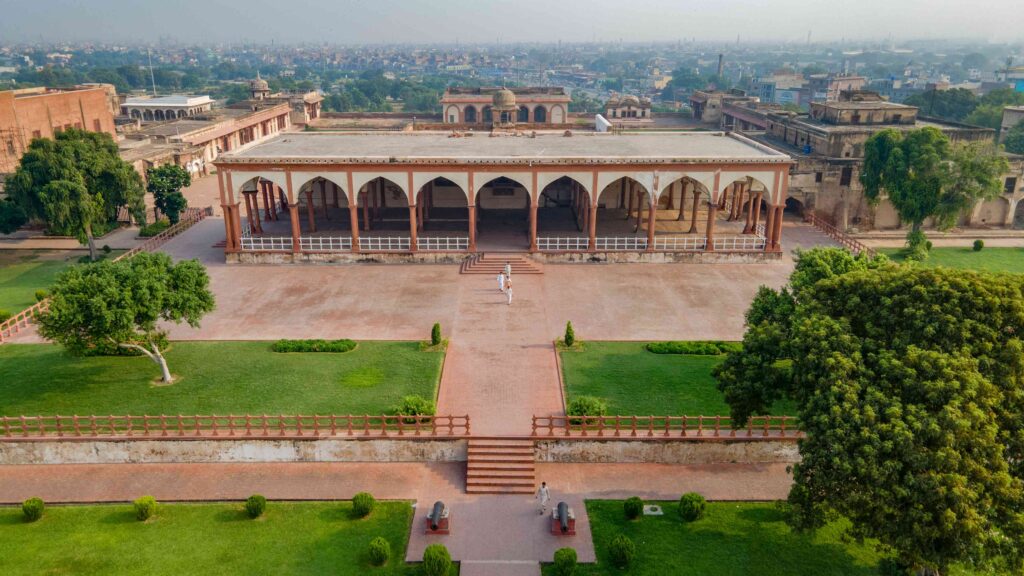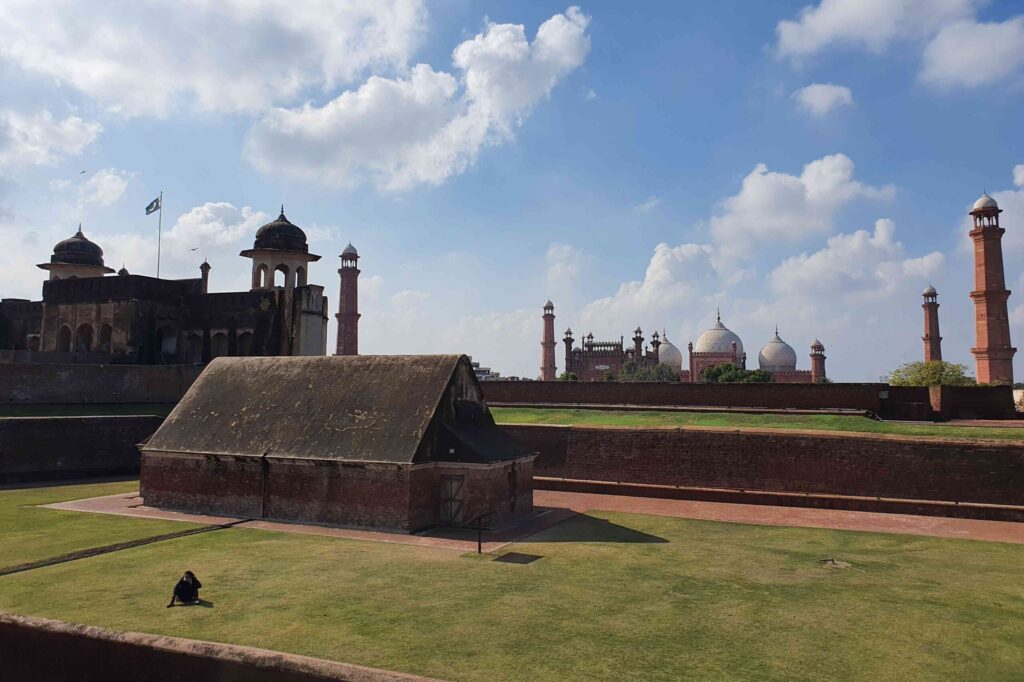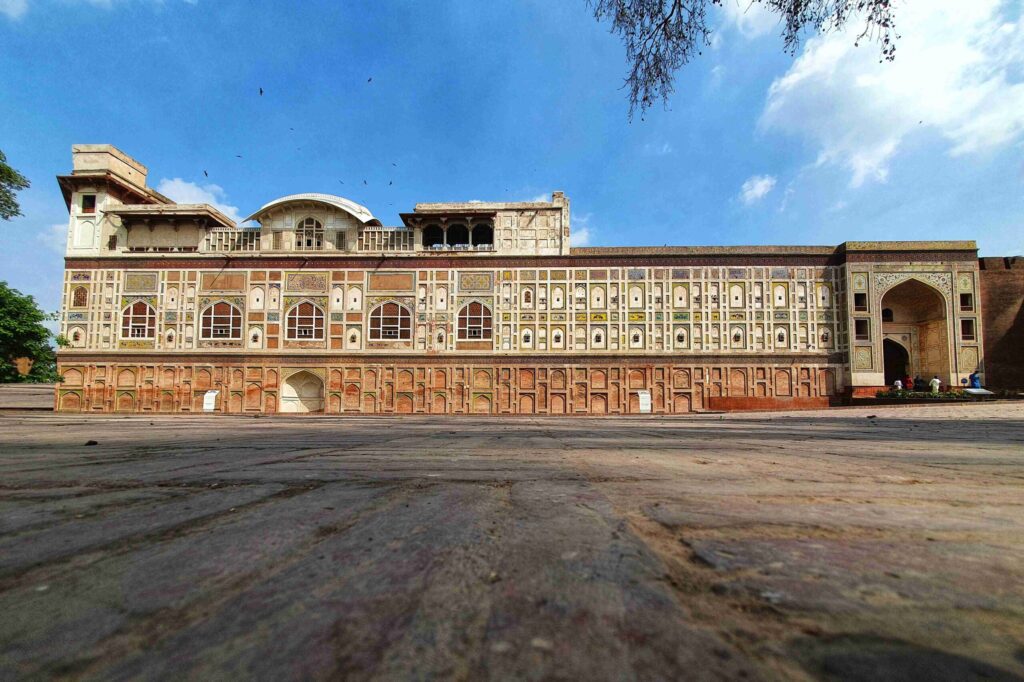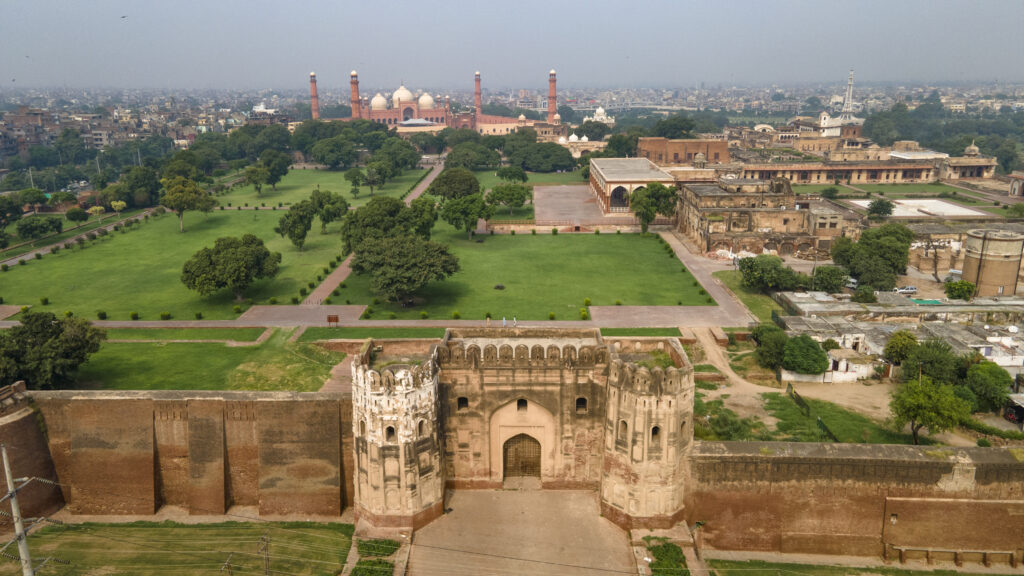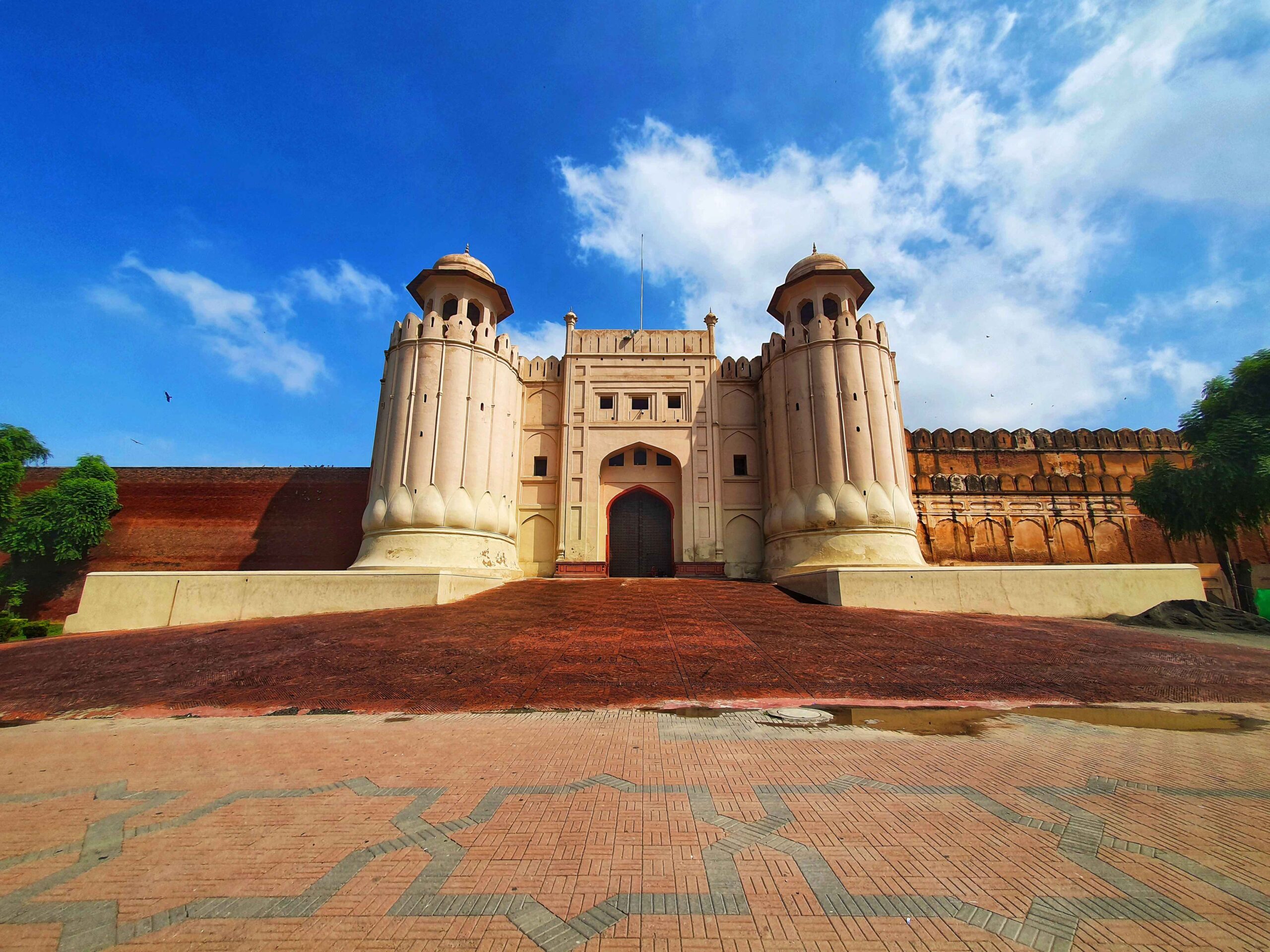
Lahore Fort
According to available historical sources, the origin of Lahore Fort is obscure. Traditionally the foundation of Lahore and its Fort is attributed to “LOH” son of Rama Chandra of the epic age (200-80 BC). However, during the archaeological excavation conducted in the year 1959, the remains of pre-muslim period as well as a gold coin of Mehmood of Ghazna, dated (A.H.416-1025 AD) were unearthed. These excavations confirm that habitation here existed long before the advent of Muslims in Lahore. Further reference to the Fort is traceable in connection with Shahab ud Din Ghori’s successive invasion of Lahore from 1186 A.D. It was destroyed by Mangols in 1241 A.D., and was rebuilt by Bulban in 1267 A.D. Later on again destroyed by Amir Timur’s army in 1398 A.D., and reconstructed in mud by Sultan Mubarik Shah Syed in 1421 A.D. In 1432 A.D., Sheikh Ali of Kabul carried out repairs of the Fort Mughal Emperor Akbar rebuilt the Fort in burnt brick masonry in about 1566 A.D., on its earlier foundation and extended its area towards the river Ravi, which then was flowing along its fortification on the north. Emperor Akbar also built Akbari Mahal, Daulat Khan-e-Khas-o-Aam, the famous Jharoka and Masjidi Darwaza etc. Mughal emperors continued to add magnificent building in the Fort. Jahangir (1605-1627 A.D.), added Daulat Khana and Jahangir Quadrangle in 1618 A.D., Shah Jahan (1627- 1658 A.D.) built Shish Mahal, Dewan-e-Aam in 1631 A.D., Khawabgah Shahjahani (Sleeping Chamber of shah Jahan), Shahi Hammam (Royal Bath), Khilwat Khana (Private Chamber) in 1633 A.D., and Dewan-e-Khas in 1645 A.D., and probably Moti Masjid (Pearl Mosque) in the same year Aurangzeb rebuilt the graceful Alamgiri Gate in 1674A.D. The outer fortification wall on the north with moat area, Athdara (building with eight opening), Haveli Mai Jindan (Mai Jindan Palace) and Baradari Raja Dhiyan Singh (Dhiyan Sing’s pavilion with twelve openings) were constructed by the Sikh ruler Ranjit Singh (1799-1839 A.D). In 1846 A.D., it was occupied by the British and remained in possession of the British army till 1927 A.D., when it was handed over to the Archaeological Survey of India after demolishing a portion of the fortification wall on south and converting it into flight of steps. The Fort is girdled around by a formidable fortification wall strengthened with semi circular bastions at regular intervals and fixed by three gates. No buildings of the pre Mughal period exist now. The Mughal period buildings are grouped in four large Quadrangles. Twenty one different edifices in these quadrangles include magnificent structures such as Shish Mahal, Dewan-e-Khas, Dewan-e-Aam, Moti Masjid, Daulat Khana-e-Khas-o-Aam, Sleeping chambers of Shah Jahan and Pictured wall etc.
Lahore Fort is inscribed on the world heritage list and a protected monument under Antiquity act 1975, which confirm its outstanding universal value.
In 2014 the administrative control of Lahore Fort was handed over to the Walled City of Lahore Authority.
